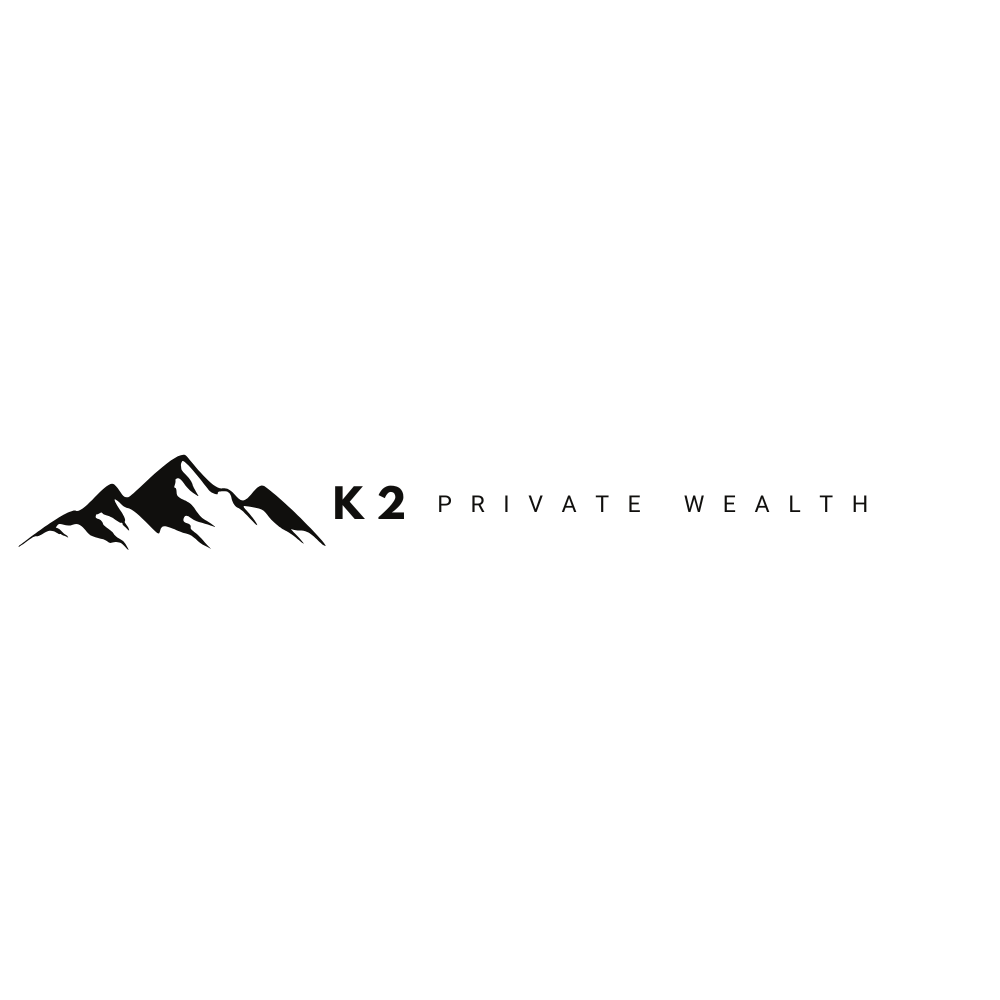Halfway Through 2025: What Have We Learned So Far?
- Blake Reddy
- Jul 9
- 4 min read

The first half of 2025 has been a story of surprising strength beneath a surface of uncertainty. Equity markets have pushed higher, inflation is showing signs of persistence in certain regions, and central banks remain cautious, yet investors remain underexposed, and a large proportion of wealth continues to sit in cash.
At K2 Private Wealth, we believe moments like this underscore the value of staying invested, sticking to your long-term plan, and avoiding reactionary decisions driven by headlines. In this mid-year review, we explore what’s driven markets so far, what might lie ahead, and how investors can position themselves for the second half of the year and beyond.
Economic Growth: Still Resilient, but Slowing
The global economy is holding up better than expected, but there are signs of fatigue. Revised forecasts for the second half of the year suggest a cooling in growth, particularly in emerging markets and Europe. Trade policy uncertainty, especially between major economies, has introduced fresh risks to global supply chains, and there’s growing concern that tariffs could push inflation higher in the U.S. while slowing growth elsewhere.
U.S. GDP growth has been revised down to ~1.3% for the second half, with consumer spending supported by rising wages but potentially constrained by sticky inflation.
Europe faces modest growth, tempered by competitiveness concerns and sluggish productivity gains. Rate cuts are likely to support a pickup into year-end.
China continues to roll out stimulus in waves, but structural challenges, including housing weakness and a decline in global demand, are weighing on momentum.
Emerging markets (EM) are slowing as well, with aggregate EM GDP growth expected to dip to around 2.3% in the second half.
Despite these pressures, developed market corporate earnings remain robust and labour markets generally tight, which helps maintain some support for risk assets.
Equity Markets: Concentration, Momentum, and Caution
Equities have staged a notable rebound in the first half of 2025, particularly in the U.S. and parts of Asia. But beneath the rally, leadership has narrowed. A handful of large-cap technology and AI-related names have driven much of the return, echoing themes we saw in 2023–24.
Positioning from large institutional investors remains cautious. Volatility (as measured by the VIX) has returned to long-term averages, and retail flows have remained moderate. In short, the market’s rally has not been fuelled by euphoria and that may actually be a good thing.
General market consensus suggests:
U.S. equities could still push higher by year-end, driven by strong earnings and continued AI momentum, even as valuations remain elevated.
European and UK equities are gaining traction, particularly in domestic sectors where valuation discounts remain significant.
Emerging markets may offer selective opportunities, especially where currencies are undervalued and central banks are cutting rates.
Interest Rates: Cautious Cuts Ahead
Expectations of aggressive interest rate cuts have been pushed back. In the U.S., the Federal Reserve is now expected to remain on hold until late 2025, largely due to persistent inflation and strong employment data. In contrast, the Bank of England and European Central Bank are more likely to start easing modestly in Q3 or Q4.
Bond yields remain attractive, especially for investors seeking income and diversification. Term premia (the excess return for holding longer-term bonds) have normalised, and credit markets remain well-behaved, suggesting that the risk of a sharp correction in bond prices is currently low.
Currencies: Dollar Weakening, Sterling Resilient
One of the more notable themes this year has been the slow erosion of U.S. dollar strength. As the narrative of American outperformance begins to fade, capital is rotating back toward other developed markets.
Sterling has been relatively stable, with the UK benefitting from a clearer path to rate cuts.
Emerging market currencies have modestly outperformed, supported by higher real interest rates and falling inflation.
Currency risk remains a key consideration for investors with overseas holdings, and portfolio diversification continues to play a crucial role.
Commodities: Gold Leads, Oil Balanced
In commodity markets, gold has been one of the standout performers, rising on the back of geopolitical tension, inflation concerns, and long-term doubts over fiat currency stability.
Many institutional investors now see gold as a strategic hedge against a mix of risks, including stagflation, policy missteps, and global shocks.
Oil prices have been rangebound despite Middle East tensions, largely due to robust global inventories and weaker-than-expected demand.
Natural gas remains volatile but well-supplied.
Agricultural commodities have faced headwinds due to subdued demand and tariff-related uncertainty, but there is room for a late-year rebound depending on trade flows.
Investor Takeaways: What Should You Do Now?
Markets have delivered positive returns in H1, but many portfolios haven’t fully participated. A large number of investors remain on the sidelines in cash, fearful of headlines or waiting for clarity that may never come.
Here’s what we think matters now:
1. Be mindful of the limitations of cash. While cash yields have improved, inflation continues to erode real value over time. For some investors, holding excess cash could result in missed opportunities for long-term growth.
2. Embrace global diversification. No one market has all the answers. A well-diversified portfolio across geographies and asset classes remains one of the most powerful tools available to investors.
3. Maintain a long-term perspective. Market volatility is normal, and history shows that long-term investors are often rewarded for their patience. Rather than attempting to time markets, having a clear plan may lead to more consistent outcomes.
4. Review your portfolio positioning. The world is changing quickly. If you haven’t reviewed your portfolio recently, now is the time to check whether you’re still on track to meet your objectives.
Let’s Talk
If you’re unsure whether your investments are positioned correctly for the rest of the year, or if you’re holding too much in cash, we’re here to help. A 30-minute conversation could make a meaningful difference to your long-term outcomes.
Book a complimentary portfolio review today with K2 Private Wealth.




.png)
Comments